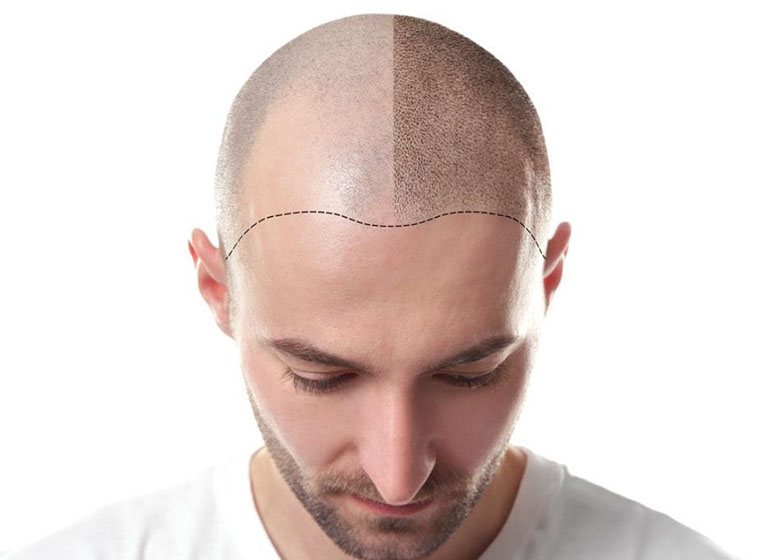Hair Transplant
- Moon Star
- Hair Transplant

Healthy and beautiful hair, like youth, is taken lightly by most of us - until it goes out of hand. For most people, hair transplantation is to regain full and voluminous hair as in their youth - or at least to regain lost hair. Outgoing youth will not come back, but we are planting a new one instead of your outgoing hair!
What is Hair Transplant?
Hair transplantation is a surgical technique that transports hair follicles from a part of the body to a bald or bald area known as the 'donor area', known as the 'recipient area'. The technique is primarily used in the treatment of male pattern baldness. In this minimally invasive procedure, grafts containing genetically resistant to baldness (such as the back of the head) hair follicles are transplanted into bald skin.
Hair transplantation is a plastic surgery procedure that can help people suffering from hair loss or sparse hair. This process generally involves taking hair follicles from the donor area (usually the nape area) and transferring them to the areas where baldness occurs.
Hair transplantation can also be used to restore eyelashes, eyebrows, beard hair, chest hair, pubic hair, and fill scars from accidents or surgeries such as facelift and previous hair transplantation.
In hair transplantation, hair follicles containing 1-4 hair cells are taken in groups. Thus, modern hair transplantation can achieve a natural appearance by imitating the original hair orientation. Taking natural hair follicles containing 1-4 cells with advanced techniques and transferring them as a group is called FUT, or follicular unit transplantation. Donor hair can be harvested in two different ways: strip harvesting and follicular unit extraction (FUE).
The best hair transplantation is a process that requires aesthetic understanding, technical skills and experience. Therefore, a person who is considering a hair transplant should consult a specialist hair transplant surgeon and be informed.
Hair transplantation requires a customized approach based on individual needs. Hair density should be planned taking into account the shape of the hairline, the quality of the hair follicles and general aesthetic goals.
The best explanation about hair transplantation is one that emphasizes the potential of this surgical method to achieve effective and permanent results. Hair transplantation can increase a person's self-confidence and quality of life while promoting natural and aesthetic-looking hair growth.
However, hair transplantation may not be suitable for everyone. Hair transplant candidates must clearly understand the cause of hair loss and the expected results. Their medical history should be evaluated and they should be informed about surgical risks before deciding on a surgical procedure.
As a result, an explanation of the best hair transplant should include the introduction of an effective and safe method that is customized to suit the individual's needs. Hair transplantation can be a good option to achieve successful results with the right expertise, experience and proper planning. However, in all cases it is important to consult a specialist.
Can a hair transplant be done from another person?NO - unlike organ transplant - you are your own donor for hair transplant. If you get hair follicles and tissue from someone else, your body will reject them without immunosuppressive drugs.
What are the reasons that reveal the need for hair transplantation?
What are the precautions to be taken before hair transplantation?
Patients should avoid drinking alcohol, taking drugs, smoking, consuming spicy meals and engaging in strenuous activities, even in small amounts.
During treatment, patients should wear disposable clothing and remain still during the procedure.
How should be the care after hair transplantation?
The sensitive receptive area should be protected from the sun. Do not smoke or consume alcohol, caffeine or aspirin after a hair transplant. Activities such as shampooing and brushing should be paused between ten and fifteen days after surgery.
Some of the hair transplanted in the first ten days may fall out, inevitably traumatized by displacement. This is called "shock loss". After two to three months, new hair will begin to grow from the transported follicles. The patient's hair grows normally and continues to thicken over the next six to nine months. Any subsequent hair loss will likely only be from untreated areas. Some patients choose to use medication to delay this type of loss, while others plan a subsequent transplant procedure to deal with this possibility.
What are the types of hair transplantation?
Note: The information contained in the contents is not for diagnosis and treatment!